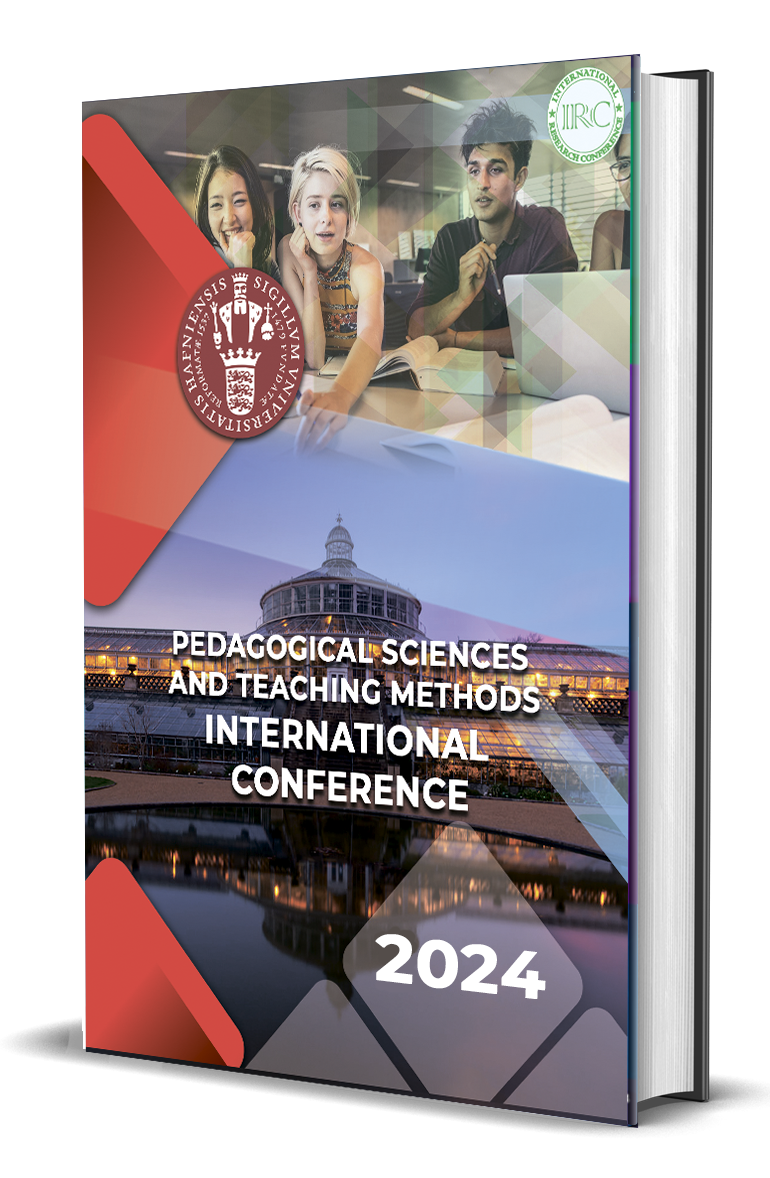THE CHARACTERISTICS OF THE VERB FORMATION OF ENGLISH IN COMPARISON WITH UZBEK
Keywords:
Turkic languages, official language whereby affixes, grammatical nuances,auxilary verb, main verbs, adaptation contexes, underpin language.Abstract
. In this article, a learner explore one particular aspect of language structure: verb formation. Verbs are widely recognized as the backbone of any sentence, conveying action, time, and mood. A thorough examination of verb formation in English and Uzbek will shed light on the striking similarities and intriguing differences between the two languages. By analyzing these characteristics, we can gain a deeper understanding of the diverse ways these languages allow speakers to express themselves. English, as a West Germanic language, has a complex and diverse verb system. Its verbs exhibit a range of inflections, modifications, and collocations that enable speakers to precisely convey actions, conditions, and states. The verb formation in English is primarily built upon the conjugation of verbs through tense, mood, voice, and other syntactic markers. English verbs are heavily influenced by Old English, Latin, and French, resulting in a rich array of irregular verb forms, auxiliary verbs, and phrasal verbs.
References
Baxriddinova B.M., (2016). Problems of teaching compound verbs // “Language and literature education” Tashkent.
Burton-Roberts, N. (1997). Analyzing Sentences: An Introduction to English Syntax. London: Longman
Chomsky, N. (1957). Syntactic Structures. The Hague: Mouton.
Grammar of the Uzbek language. - Tashkent: Science Publishing House, 1975. p.612.
Hatim, B., & Mason, I. (1990). Discourse and the Translator. London: Longman.
Labov, W. (1972). Language in the Inner City: Studies in the Black English Vernacular. Philadelphia, PA: University of Pennsylvania Press.
M. Kadyrov Mother Tongue textbook for 8th grade. - T.: Cholpon, 2014.p.144.
Sayfullayeva R., Mengliyev B., (2010). Modern Uzbek Literary Language: Textbook. –Tashkent: “Science and technology”. p. 414.
Shoabdurahmonov Sh., Askarova M., Hojiev A., Rasulov I., Doniyorov X., (1980). Modern Uzbek literary language. – Tashkent.
Юнусов, М. М., Бахромова, Б. Х., & Мирзошарипова, М. Ш. (2022). ФАРҒОНА ВОДИЙСИ ЧЎЛ, ТОҒ, АДИРЛИКЛАРИДАГИ БИОТОПЛАРДА УЧРОВЧИ ЎРГИМЧАКЛАР РЎЙХАТИ ВА УЛАРНИНГ СИСТЕМАТИК ТАҲЛИЛИ. Central Asian Research Journal for Interdisciplinary Studies (CARJIS), 2(6), 223-229.
Мирзошарипова, М., & Ахмаджонова, С. Ш. (2022). ЎРГИМЧАККАНАНИНГ БИОЭКОЛОГИК ХУСУСИЯТЛАРИ. O'ZBEKISTONDA FANLARARO INNOVATSIYALAR VA ILMIY TADQIQOTLAR JURNALI, 2(13), 707-711.
Mirzosharipova, M. S. (2023). TUYAQUSHLARNING KASALLIKLARI VA TUYAQUSHCHILIK SIRLARI. Solution of social problems in management and economy, 2(6), 70-73.
Ma, M. (2022). TUYAQUSHLARNING BIOEKOLOGIK XUSUSIYATLARINI O’ZIGA XOSLIGI. IJODKOR O'QITUVCHI, 2(24), 317-323.





